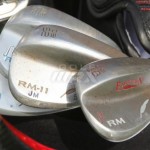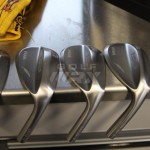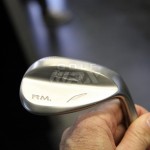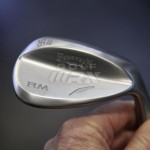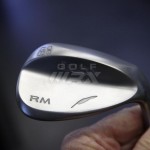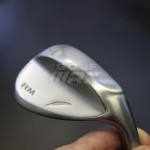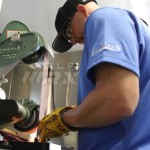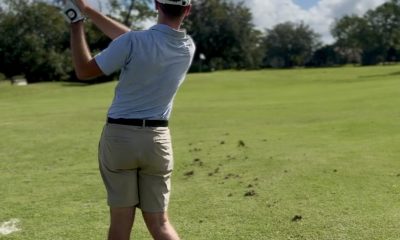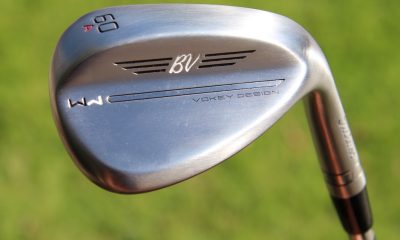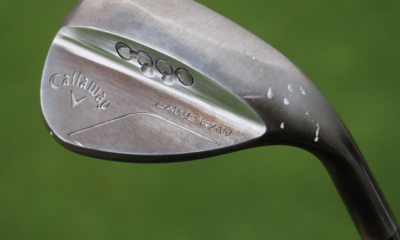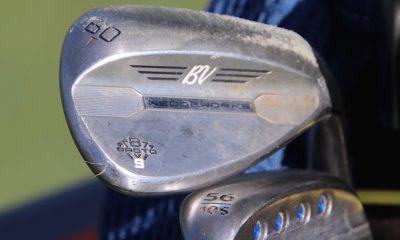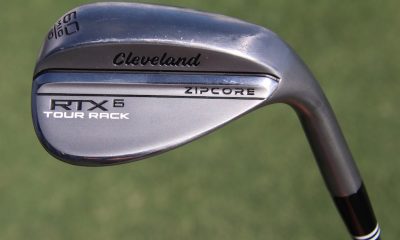Equipment
Q&A with Fourteen Golf’s Rusty Estes
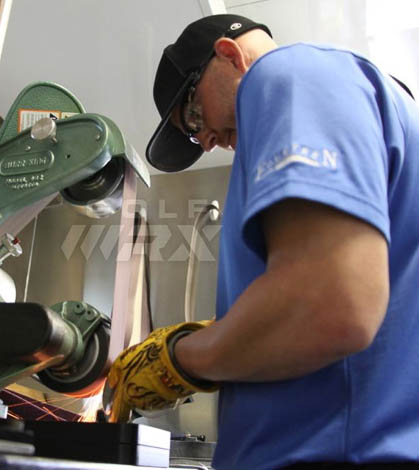
Twenty years ago, Rusty Estes couldn’t hit a wedge shot.
Actually, he was a 16-year-old who could hit a lot of different wedge shots for a boy his age, but there was one shot in particular he couldn’t hit.
Estes noticed that when he attempted to hit low-flying, high-spinning chip shots around the greens, which he tried to do with a square club face and a short, speedy action, that the trailing edge on the toe of his wedge would catch the grass, which slowed the club down.
That loss of speed cost Estes the spin he was looking for, which is why he took his wedge to the maintenance facility at the course where he worked at a began grinding down the troublesome area of the sole with a stone grinder (the same grinder the maintenance staff used to sharpen the blades of its equipment), until the wedge slid through the grass the way he wanted.
Estes didn’t know it then, but that day was an important one for him. He’s now one of the most respected grinders on the PGA Tour, and has spent most of the last eight years as the director of Tour operations for Fourteen Golf, a Japanese golf equipment manufacturer known for its high-quality wedges and irons.
Our Zak Kozuchowski had a chance to talk to Estes about Fourteen Golf, the difference between cast and forged clubs and what he’s learned about wedges in the last 20 years.
ZK: You’ve come a long way from that stone grinder, Rusty. What are you using now to shape clubs?
RE: I have a several different tools that I use to achieve the shapes that I am looking for in creating our wedges. I do the majority of my shaping on a variable speed Burr King (1.5 inches by 60 inches), using sanding belts ranging from as low as 40 grit to as high as 200 grit. The sanding belts get me the overall shape that I am looking for and I use four different versions of 3M scotchbrite belts for the polishing aspect. From there, I hand finish each of my custom grinds by hand, assuring the finish that the player is looking for.
ZK: Your company, Fourteen Golf, gained notoriety in the United States in 2002 when its HI-858 driving iron was used by Ernie Els to win the British Open. The HI-858 and its follow up, the HI-660, also found its way into the bags of many other Tour players, including major champions David Duval and Justin Leonard around that time.
Just a few years later, however, the company decided that it wanted to focus on wedges. Why?
RE: Trends of new product development. At the time of the introduction of the HI utility irons, very few OEMs offered a true long iron replacement club. The replacement was often found in the form of a high-lofted fairway metal. The HI provided an option that allowed players a replacement that was easier to hit and control versus the fairway metal.
Since the HI’s introduction to the Tour, several OEMs developed a “hybrid wood,” and those products have become extremely popular among professionals and amateurs. With this new trend, we had an opportunity to redirect our focus and efforts into our wedges — wedges that already had a huge following on the Japanese and Asian tours.
We worked extensively with our R&D team in Japan to design and develop a series of wedges that PGA Tour players would find appealing and carried tremendous performance. Plus, Fourteen Golf is a full-line equipment company. Wedge provided us an avenue to further introduce our products and develop our brand as a full-line OEM.
ZK: Aside from grinding, one of the most important parts of your job as director tour operations is identifying talented players on the tours who can serve as ambassadors for the Fourteen brand. What makes you favor one player over another?
RE: A staff player is a personal reflection of the brand. Our staff carries a wide variety of personalities and demeanors, however, they all carry traits that we embrace at Fourteen Golf — style, professionalism and hard work.
Click here to see more discussion in the forums.

John Mallinger’s wedges, shot at the Honda Classic.
Click here to see more discussion in the forums.
ZK: The newest member of Fourteen’s tour staff is John Mallinger, who is one of the most accurate players on the PGA Tour this year from inside 125 yards. Staffers Arjun Atwal and Ryuji Imada are also very good wedge players. What can golfers learn from the clubs these players use and how they use them?
RE: You’ll find a lot of uniqueness to how each of them play and practice.
Mallinger has a very consistent routine, and his wedges are ground and bent to his eye specifically. His clubs are bent to specific lofts that will fill the voids in the lower aspect of his bag, especially. He is very particular with turf interaction and how the club appears at address.
Atwal has a less structured approach to short game, hitting shots primarily with feel. His wedges are made to be very versatile, allowing him to the ability to hit a wide variety of shots.
Imada possesses a tremendous amount of creativity and shot making skills in his wedge game. His wedges have been heavily modified and ground to get him the most versatile soles and bounce configurations of the three guys.
I wouldn’t recommend any of their wedges to the average consumer, because they’re too unique. But what golfers can learn from them is that each golfer has to identify what they want out of their wedge games and pick a wedge accordingly. Ultimately, the product has to look good to them at address and provide performance for their level of ability.
ZK: Throughout the years, there has been a lot of heated discussion in the GolfWRX Forums about the trade-off between cast and forged clubs. You’ve been grinding clubs for Fourteen’s Tour Staff for the last eight years, as well as a lot of other Tour players. What do they say is the difference between cast and forged?
RE: The main feedback I’ve received is based primarily on feel, both the actual sensation of the strike and the enhanced feel around the greens. The majority of players feel that they have more control over both their distances and trajectory with forged clubs.
ZK: Your thoughts?
RE: From all of the testing, both in consumer and professional arenas, I feel that forged products tend to have a tighter dispersion and more consistent spin and trajectory on center-face strikes versus cast products.
I’ve been fortunate enough to be involved in the development of both cast and forged products over the years. Casting has made tremendous strides in its process, feel and performance, and many cast clubs are great parts. However, in a game of inches, I would prefer to have a club in my bag that has the advantage, no matter how small or large.
ZK: Fourteen seems limited is the amount of wedge grinds that it currently offers to consumers — only its 56- and 58-degree wedges offer more than one stock sole grind. Are there plans to release a wider variety?
[youtube id=”xrUHcX7H3b8″ width=”620″ height=”360″]
RE: The development process is ongoing, and we currently have several prototype models in play and in the testing phase on Tour. We believe that the Tour is a proving ground and want to assure that each product is Tour worthy prior before it is released to consumers.
ZK: What’s more important in a wedge, fresh grooves or the proper sole grind?
RE: Neither. Center of gravity trumps them both, however fresh grooves outweigh the importance of sole grind.
ZK: Really?
RE: Yes. Center of gravity is a constant, an imperative.
Think about it. Grooves wear down, get dirty and collect debris. Plus, golfers have to take into consideration the type of ball (compression, launch and spin characteristics) they’re playing, the weather (which should include but not be limited to temperature, elevation, wind) as well as the type of lie, turf type, turf height and sub layers of turf.
The sole and its interaction will change depending on ball position, angle of attack, face angle, lie angle, hand position and swing/shaft plane. In all of the scenarios, however, the club’s center of gravity hasn’t dramatically changed — it remains fairly constant.
And golfers can create spin without grooves. Just think of the spin you create when you hit a shot in the center of your driver, which probably doesn’t have grooves.
ZK: That being said, what should golfers look for when they’re buying a new wedge?
RE: Golfers need to identify the characteristics of a wedges that give them the most confidence and fills the voids in their games. Confidence goes a long way in creativity and execution — again, it’s a game of inches. From there, find the lofts that fill distance gaps and do not beafraid of bounce. And always, when in doubt, ask your local PGA professional or certified club fitter.
ZK: Thank you for your time, Rusty.
Click here to see more discussion in the forums.
Check out the photos of the Fourteen wedges Rusty was grinding before he took them the wheel in the gallery below.
Click here to see more discussion in the forums.
Equipment
BK’s Breakdowns: Cameron Young’s winning WITB, 2025 Wyndham Championship

Cameron Young’s WITB from his win at the 2025 Wyndham Championship. Cameron is a Titleist staff player but his bag is definitely filled with some unique clubs. Here are the clubs he used to secure his first PGA Tour win!
Driver: Titleist GT2 (9 degrees, A1 SureFit setting)
Shaft: Mitsubishi Tensei 1K Pro Orange 70 TX
3-wood: Titleist GT3 (15 degrees)
Shaft: Mitsubishi Tensei 1K White 80 TX
Hybrid: Titleist GT2 (21 degrees)
Shaft: Fujikura Ventus HB Black VeloCore+ 10 X
Irons: Titleist T200 (4), Titleist T100 (5), Titleist 631.CY Prototype (6-9)
Shafts: True Temper Dynamic Gold X7 (4-9)
Wedges: Titleist Vokey Design SM10 (48-10F, 52-12F, 56-14F @57), WedgeWorks (60-K* @62)
Shafts: True Temper Dynamic Gold X7
Putter: Scotty Cameron Phantom 9.5 Tour Prototype
Grips: Golf Pride Tour Velvet Cord
Ball: Titleist Pro V1x Prototype
Whats in the Bag
Peter Malnati WITB 2025 (August)
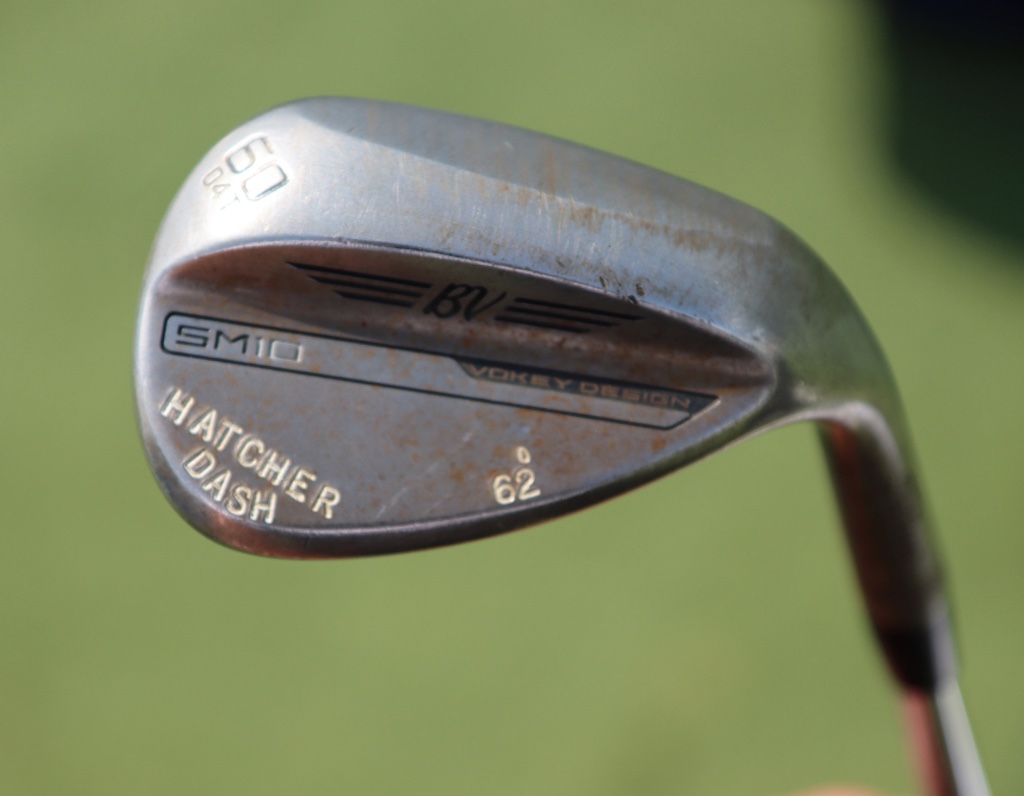
- Peter Malnati what’s in the bag accurate as of the Wyndham Championship. More photos from the event here.
Driver: Titleist GT3 (10 degrees, C2 SureFit setting)
Shaft: Project X Denali Blue 60 TX
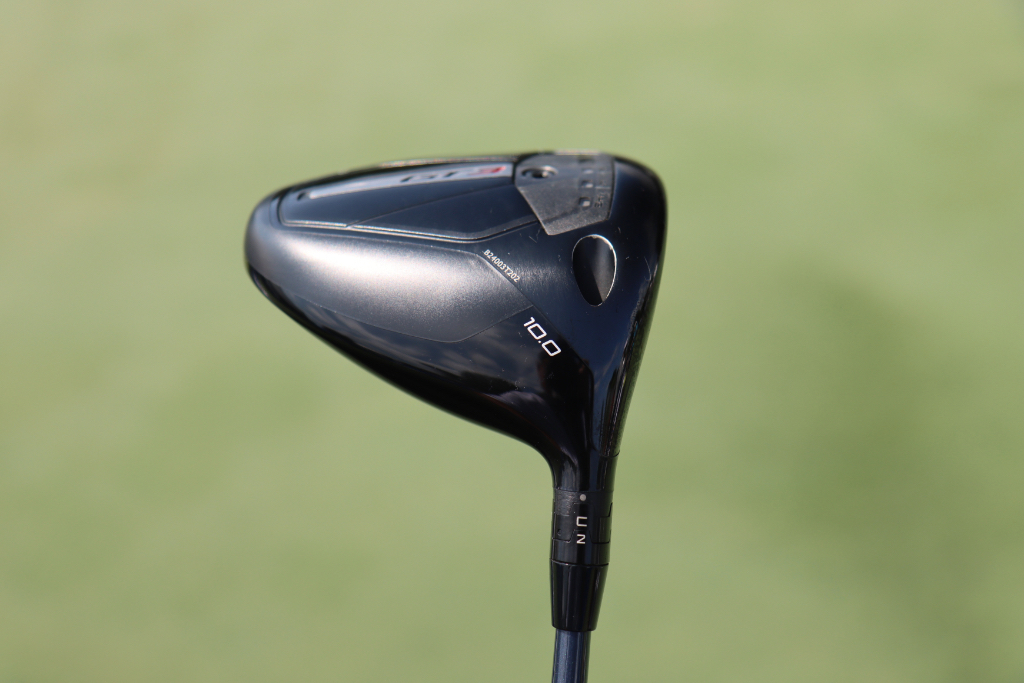

3-wood: Titleist GT3 (15 degrees, A1 SureFit setting)
Shaft: Fujikura Ventus TR Blue 7 X
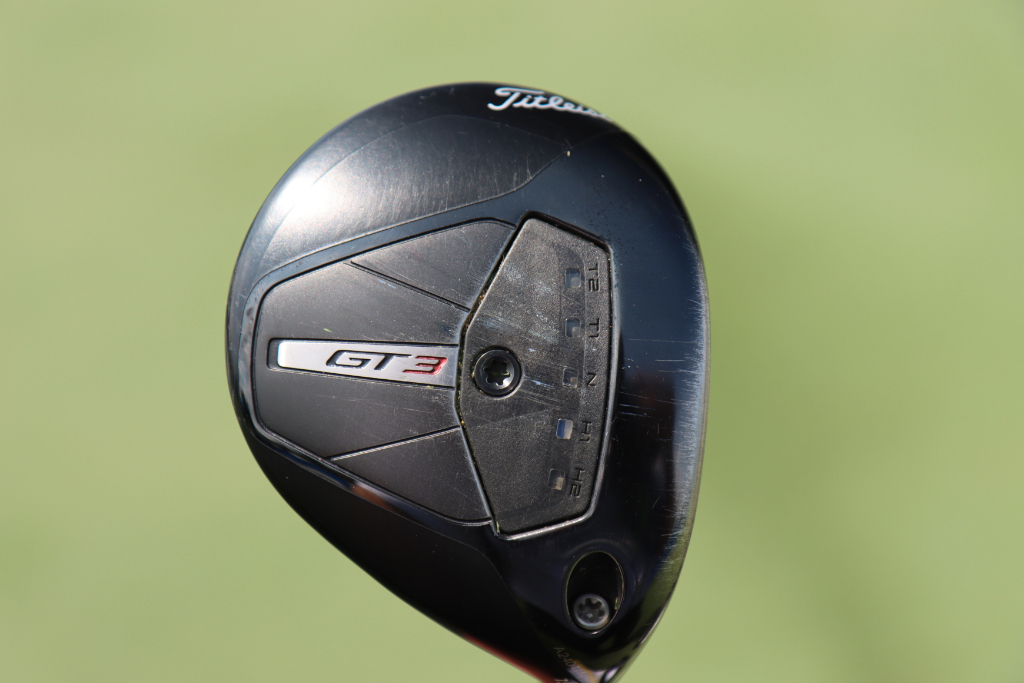
7-wood: Titleist GT2 (21 degrees, D1 SureFit setting)
Shaft: Fujikura Ventus TR Blue 8 X
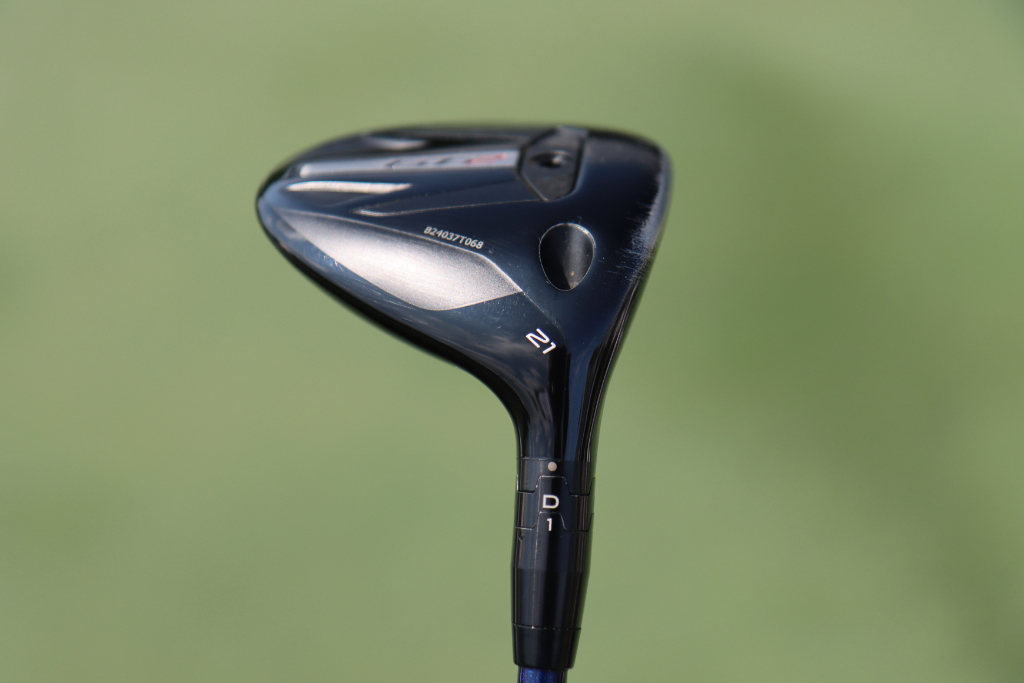
Irons: Titleist T150 (4, 5), Titleist T100 (6-9)
Shafts: True Temper AMT Tour White X100
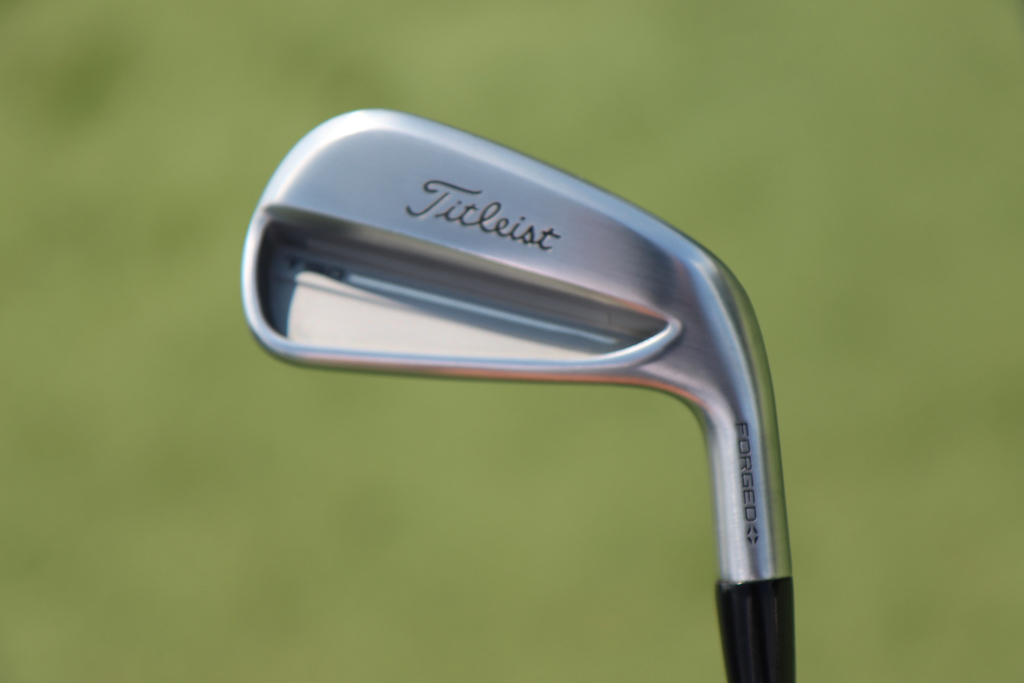
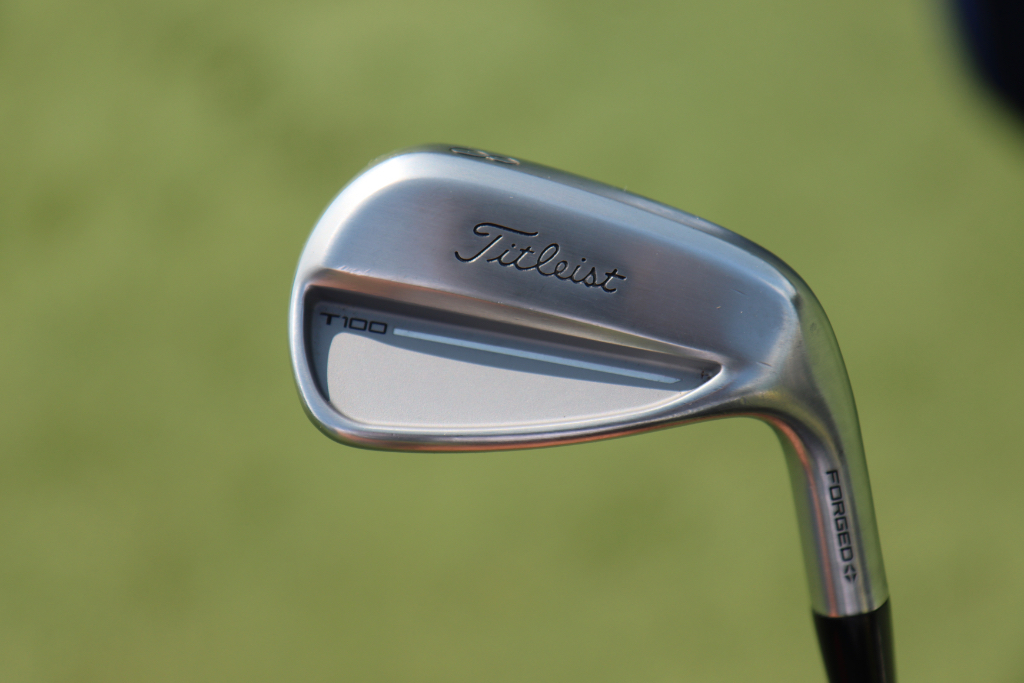
Wedges: Titleist Vokey Design SM10 (48-10F @47, 52-12F, 56-08M @57, 60-04T @62)
Shafts: True Temper Dynamic Gold Tour Issue S400
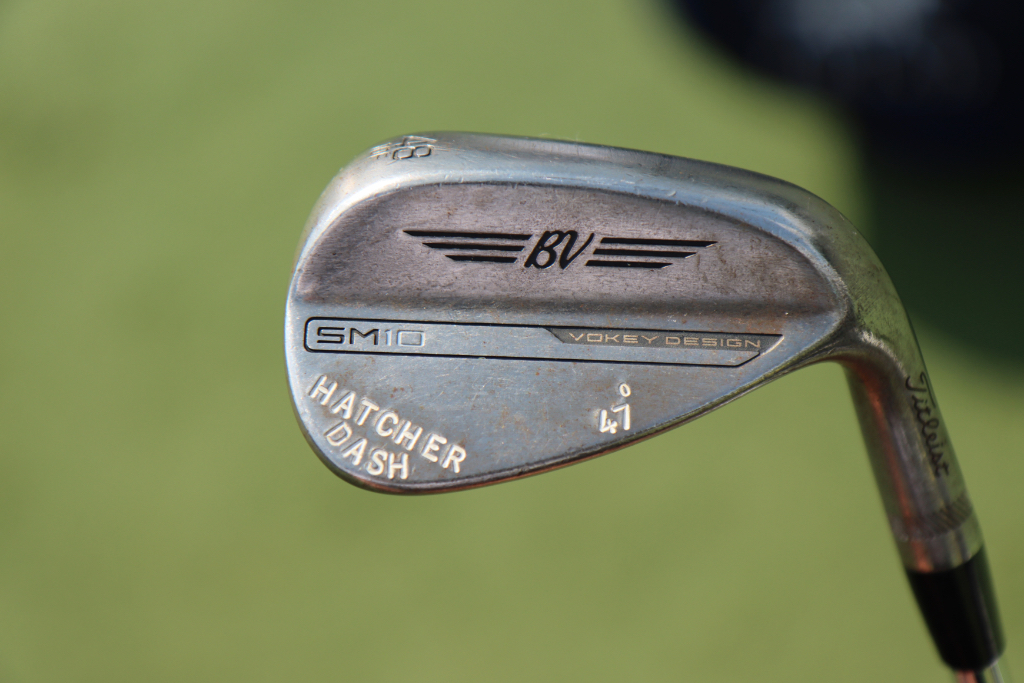
Putter: Scotty Cameron Studio Style Fastback 1.5 Tour Prototype
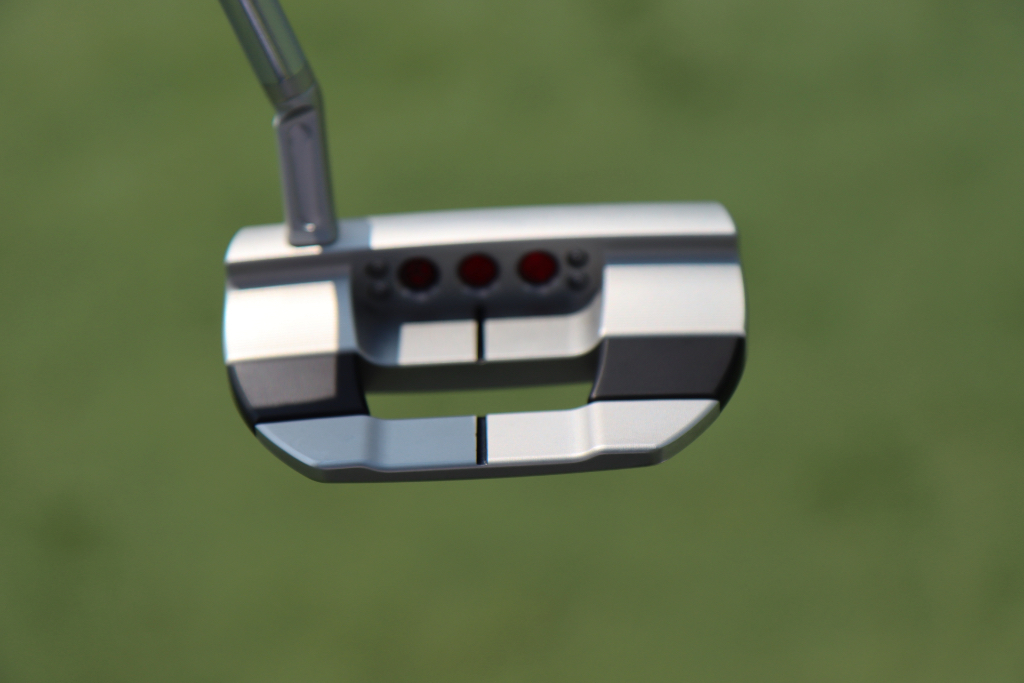
Grips: Golf Pride Tour Velvet
Ball: Titleist Pro V1x Yellow
Equipment
GolfWRX Members Choice presented by 2nd Swing: Best driver of 2025
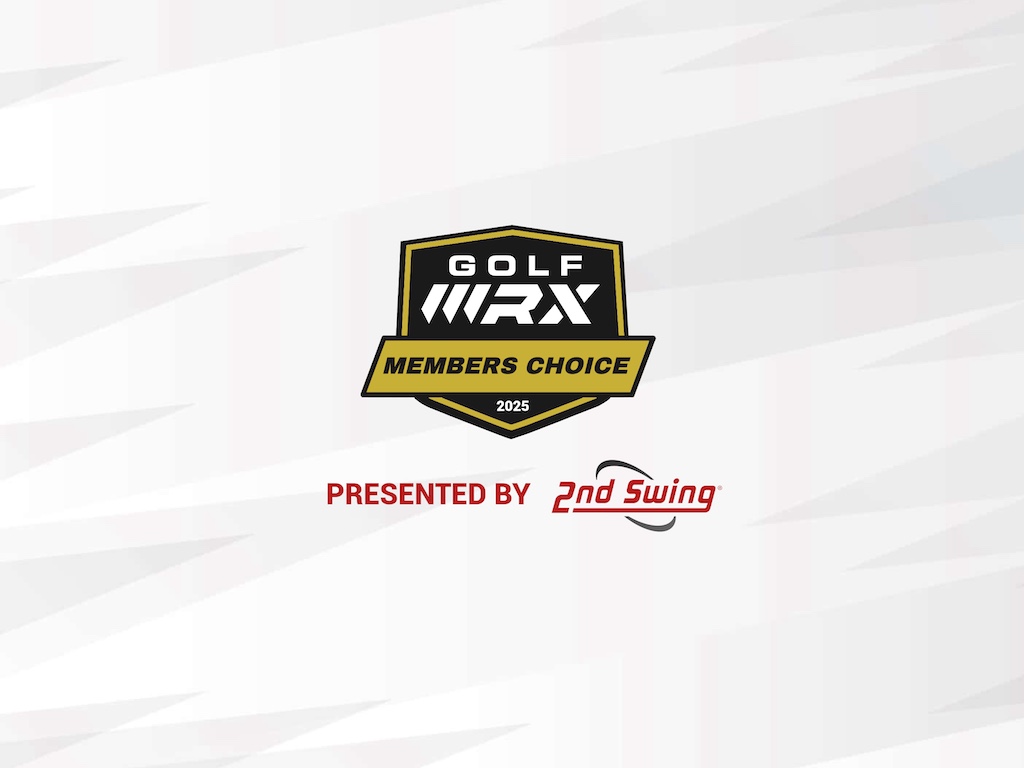
We’re proud to once again partner with 2nd Swing Golf to bring you GolfWRX Members Choice 2025! 2nd Swing has more than 150,000 new and pre-swung golf clubs available in six store locations and online. Check them out here.

What is the best driver in 2025? At GolfWRX, we take great pride in our online community and the cumulative knowledge and experience of our members. When it comes to the best driver of 2025, we want to know what our forum faithful think.
Since our founding in 2005, the bedrock of GolfWRX.com has been the community of passionate and knowledgeable golfers in our forums, and we put endless trust in the opinions of our GolfWRX members — the most knowledgeable community of golfers on the internet. No other group of golfers in the world tests golf clubs as frequently or as extensively, nor is armed with such in-depth information about the latest technology.
Below are the results of GolfWRX member voting for the 2025 best driver, along with the vote percentage for each club.
Best driver of 2025: The top 5
5. Callaway Elyte Triple Diamond: 6.02%
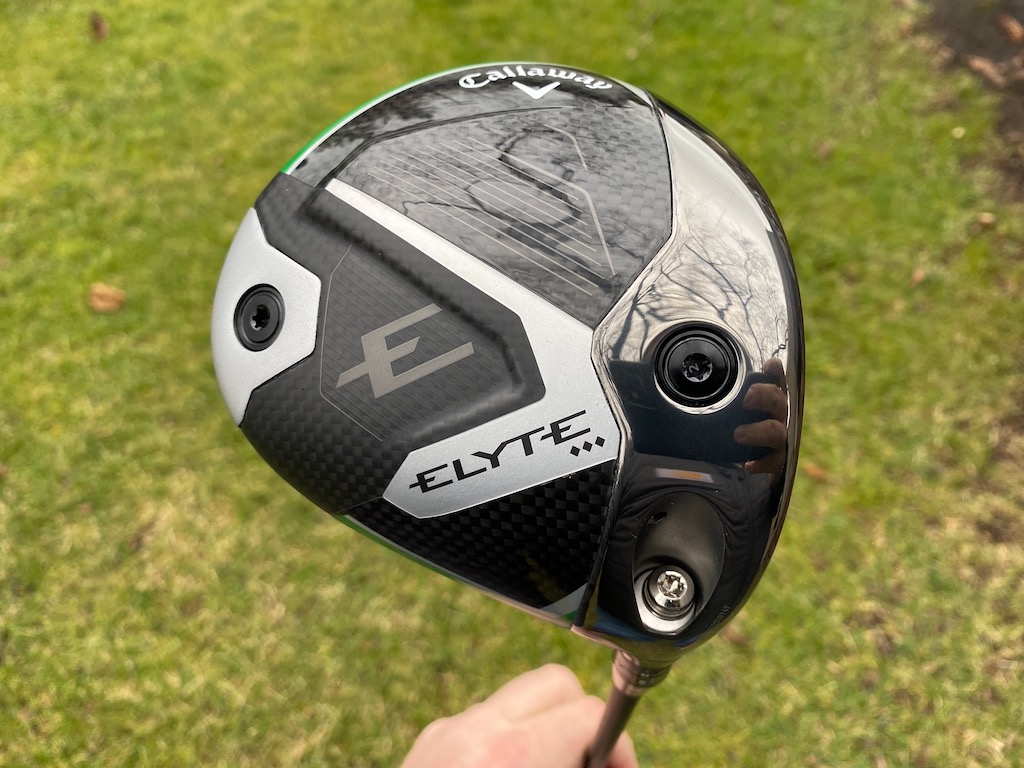
Callaway’s pitch: “For golfers looking for a fast, forgiving, yet workable driver, the Elyte Triple Diamond features a tour-inspired shape and is the preferred model by most Callaway tour players.”
You can read what other golfers are saying about the driver in the GolfWRX forums, and see our launch piece here. Shop the Callaway Elyte Triple Diamond here.
4. Ping G440 Max: 6.86%
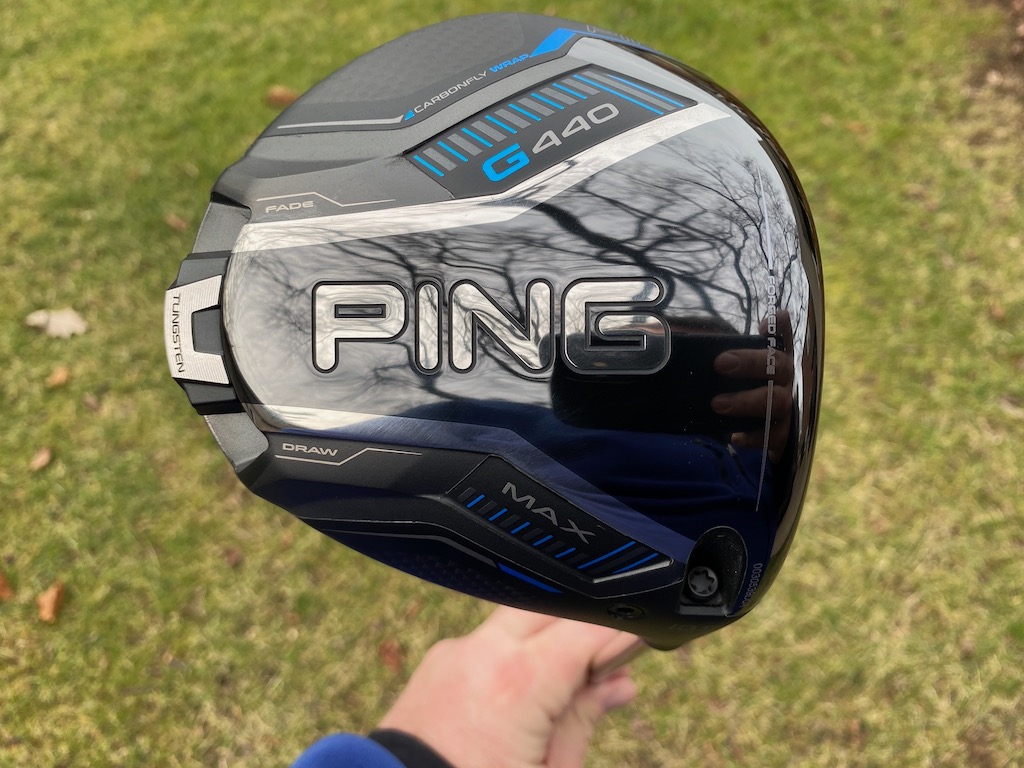
Ping’s pitch: “The most forgiving G440 model, MAX has a hotter face to generate speed and distance, and a lighter overall system weight with a longer shaft (46″) for faster clubhead speed, higher launch and longer carries. The Free Hosel and Carbonfly Wrap crown save weight to create our lowest CG ever and increase forgiveness while contributing to a more muted, pleasing sound.”
You can read what other golfers are saying about the driver in the GolfWRX forums, and see our launch piece here. Shop the Ping G440 Max here.
3. Ping G440 LST: 9.53%
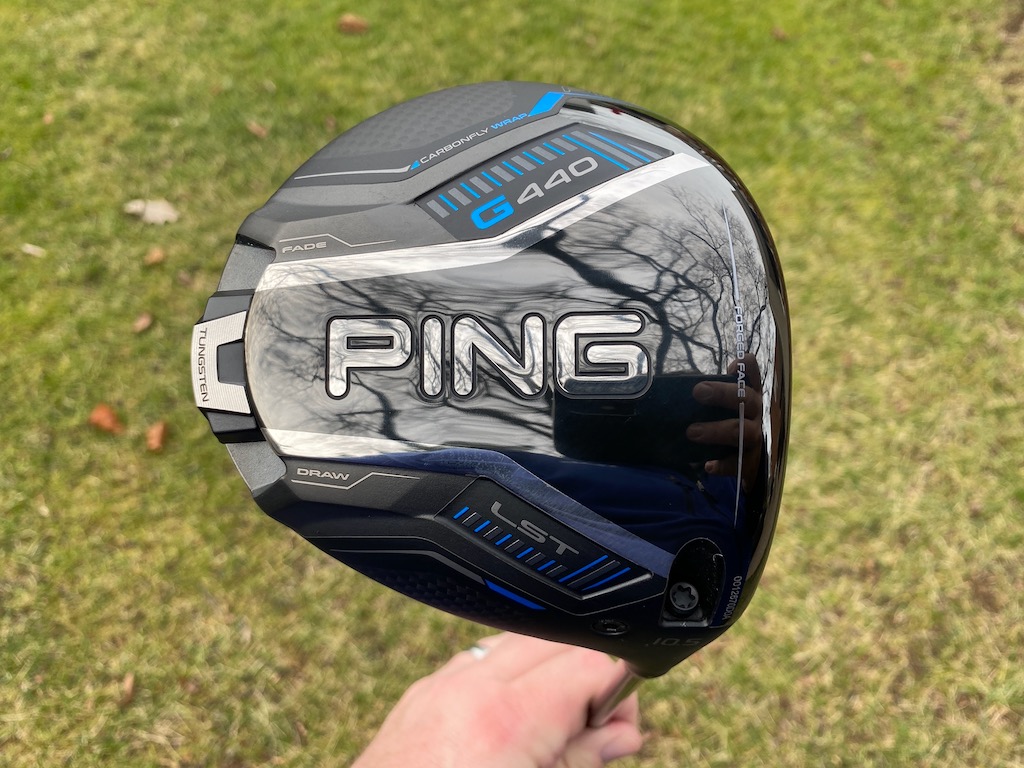
Ping’s pitch: “LST is an especially good fit for faster swings, offering less spin and more control with a penetrating trajectory. A hotter face, lighter overall system weight and longer shaft (46″) deliver more speed and distance while maintaining tight dispersion.”
@phizzy30: “Not a fan of Ping drivers in general, but 440 LST takes the cake. It’s super forgiving across the face for a low spin head, looks and sounds good and the ability to make it play neutral or slightly fade biased through the hosel settings is very appealing.”
You can read what other golfers are saying about the driver in the GolfWRX forums, and see our launch piece here. Shop the Ping G440 LST here.
2. Titleist GT3: 16.55%
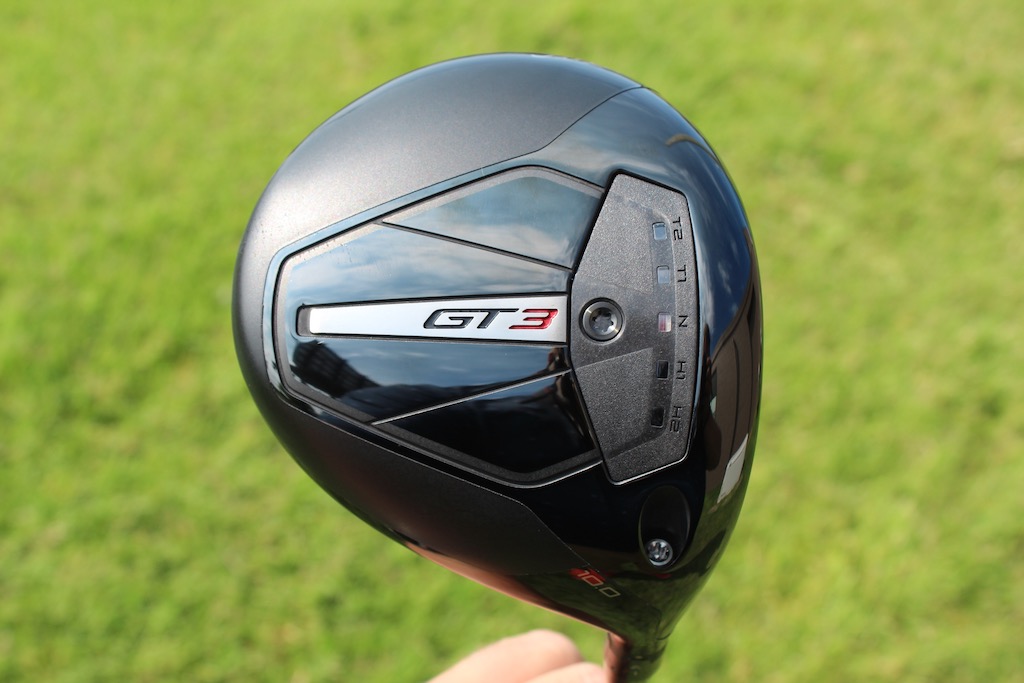
Titleist’s pitch: “The GT3 Driver offers Titleist’s boldest combination of power and personalization through adjustable performance. Dial in the CG Track to your frequent contact location to make your biggest drives even bigger while taking total control over flight and shaping.”
@mrmikeac: “I’ve been Anti-Titleist for years and years and years (outside of Vokey, of course). With that being said, HOLY BEGEEZUS the GT3 driver is an absolute NUCLEAR MONSTER! This thing blew my G430 10K Max out of the water in every single category. Forgiveness is the biggest thing that stands out of me, the 3 model has always been one of the less forgiving models in the past but this GT3 can take bad shot after bad shot and still end up in the fairway, I think a ton of that has to do with the adjustability, it’s actually effective. Feel and sound is perfect, that solid crack is so addicting to hear and when you hit it out the screws this thing can absolutely bomb it. Titleist, I’m sorry for doubting you. You have converted me.”
You can read what other golfers are saying about the driver in the GolfWRX forums, and see our launch piece here. Shop the Titleist GT3 here.
1. Titleist GT2: 22.91%
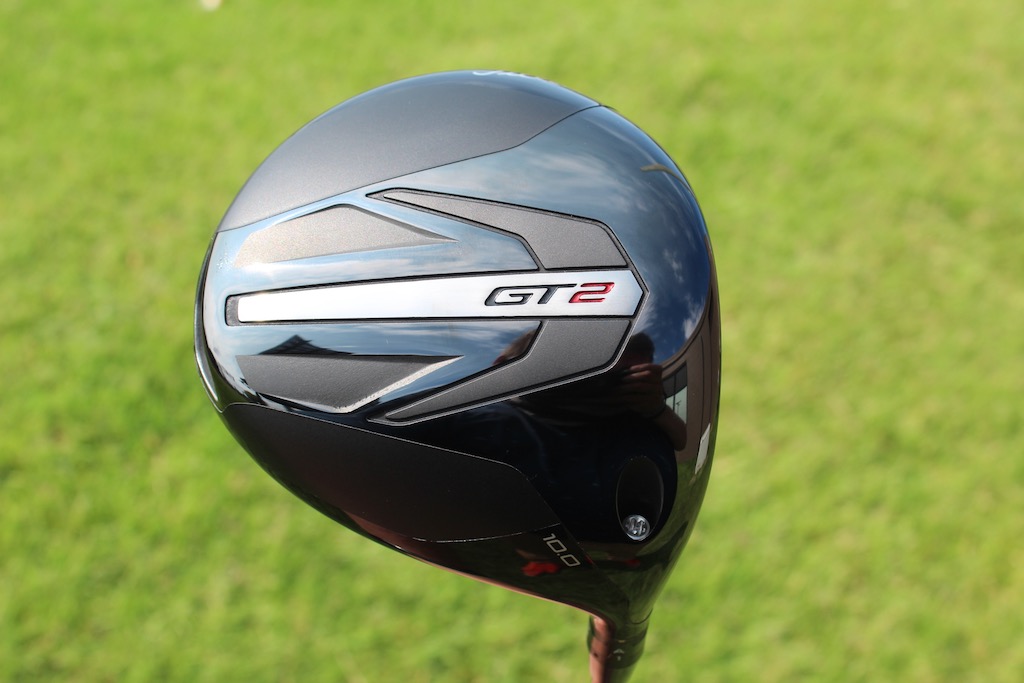
Titleist’s pitch: “Delivering impressive distance from any impact point, the Titleist GT2 Driver extracts maximum performance through a forgiving design. Get the stability and added confidence of a high-MOI driver without sacrificing speed.”
@DTorres: “The Titleist GT2 has proven to be the best driver of the year. Packaged in a classic profile, GT2 perfectly balances performance and forgiveness while consistently being a high performer across all categories.”
You can read what other golfers are saying about the driver in the GolfWRX forums, and see our launch piece here. Shop the Titleist GT2 here.
Other drivers receiving >2% of the vote
| Driver | Vote percentage (%) |
|---|---|
| Cobra DS Adapt Max K | 4.85% |
| Ping G430 Max 10K | 3.85% |
| Callaway Elyte Triple Diamond | 3.68% |
| TaylorMade Qi35 | 3.51% |
| Callaway Elyte | 3.18% |
| Cobra DS Adapt X | 2.34% |
| Cobra DS Adapt LS | 2.17% |
| TaylorMade Qi35 LS | 2.17% |
View this post on Instagram

